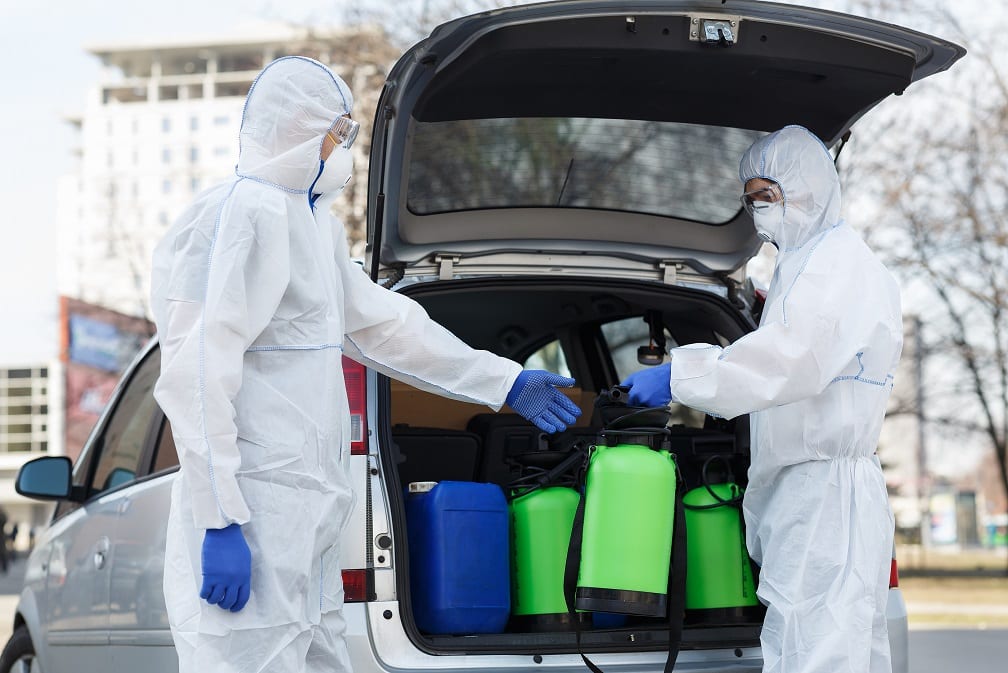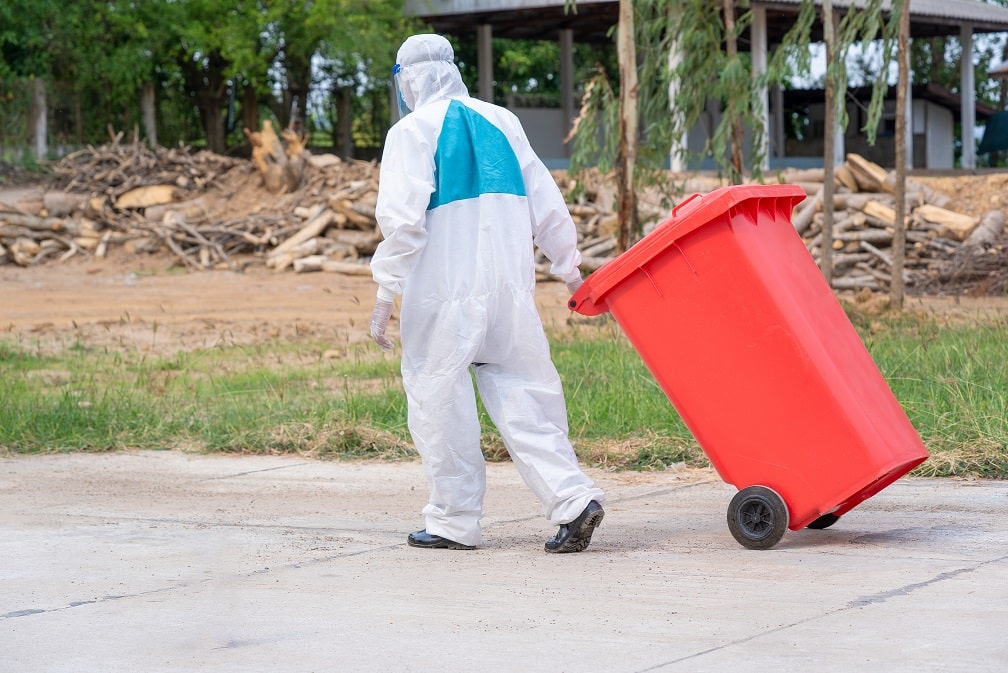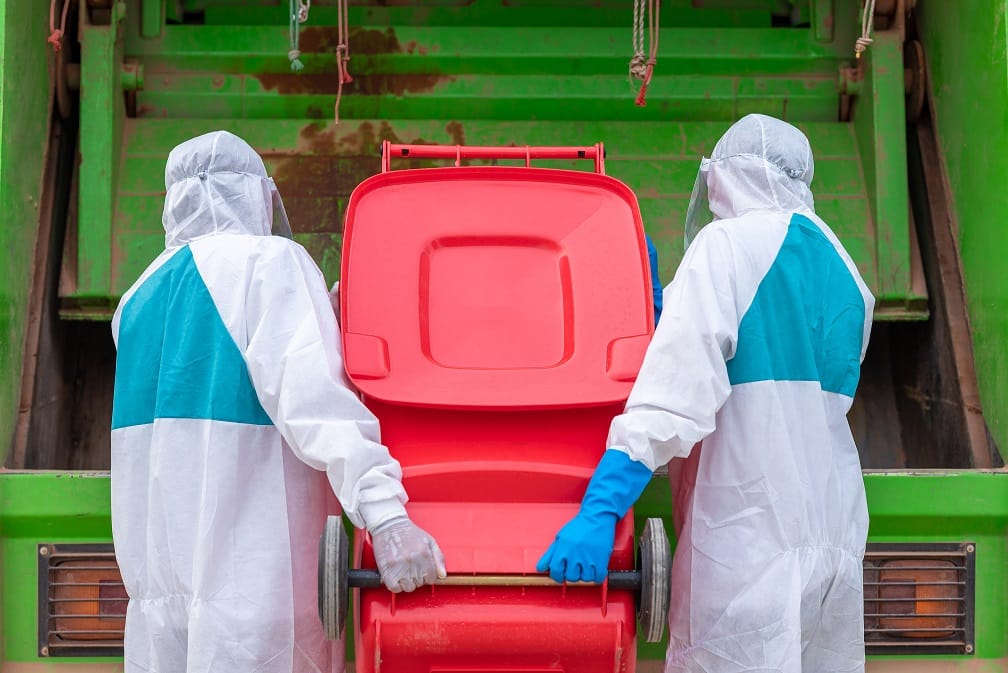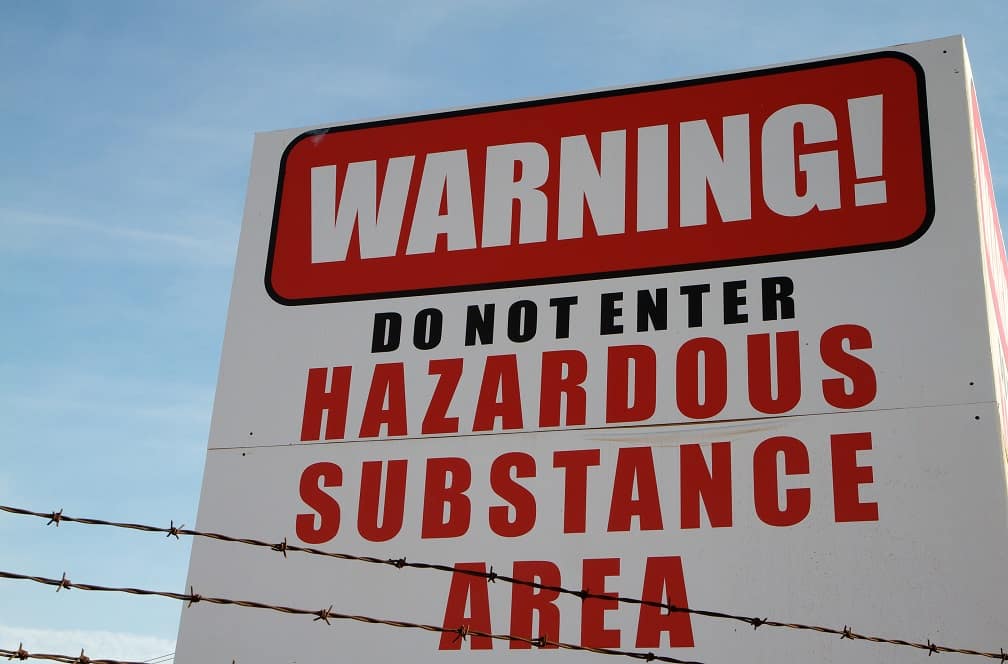Hazardous waste greatly impacts the environment. Water, air, and soil are all affected by the amounts of hazardous waste that we generate every day. Leachate, pollution, and contamination from hazardous waste all negatively impact the environment if not disposed of properly. In 2019, the Environmental Protection Agency (EPA) recorded more than 1900 facilities in the US for voluntary disclosure of violations.
Long-Term Environmental Effects
Long-term effects of improper hazardous waste disposal include signs of animal mutation, human cancer and other diseases, trash in our green spaces and waterways, and the degradation of natural resources. Insect populations such as bees, crucial for the preservation of plant life fertility are dying off due to environmental pollution, dying faster than they are capable of repopulating.
Even if accidental spills are contained quickly, the chemicals can still seep into the soil. This can interrupt the normal growth process of plants. Another potential long-term effect of hazardous waste is the risk it poses to the water table. The chemicals that soak through soil can enter underground aquifers.
Marine and aquatic life are extremely sensitive to the temperature and condition of water bodies and sources. Thermal pollution occurs when harmful chemicals get deposited into the bottom of a water body. With time, the chemicals can cause serious health issues for humans, marine life, and animals living nearby.
Risk to the Ecosystem
Contamination and pollution from infectious medical waste can be extremely harmful to our ecosystem unless professionally handled. Whether it ends up in streams, the ground, or even in the air, toxic medical waste can harm people, animals, and plants. Some toxins like lead and mercury can remain in the environment for decades.
Medical chemical waste poses a danger as it can pour into the water supplies. They can make streams, rivers, and lakes unfit as sources of water for everyday use and agricultural purposes. As the contamination cycle continues, wildlife becomes sick and dies from drinking water contaminated by hazardous medical waste. Also affected are people living downstream.
Effect on Human Health
Improper waste disposal can affect those in the food chain such as humans. Because of improper disposal of hazardous waste, the higher levels of toxic substances in food can cause diseases, genetic defects, nausea, and many more health issues that can negatively impact the quality of human life.
Bodily fluids form another class of hazardous waste that is often disposed of improperly. Such medical waste can also contribute to the spread of human disease. Other types of chemical contamination like lead and mercury pose a serious risk to human health, especially to growing and developing children. Over time, these metals buildup and accumulate in body tissue and can lead to poisoning, cancer, seizures, and death.
Conclusion
Since 1976, toxic waste in the US falls under the supervision of the EPA and state environmental protection departments. According to EPA guidelines, hazardous waste should only be disposed of in specially designated facilities and the work should be performed by certified experts authorized to do the handling disposal in environmentally safe ways.




